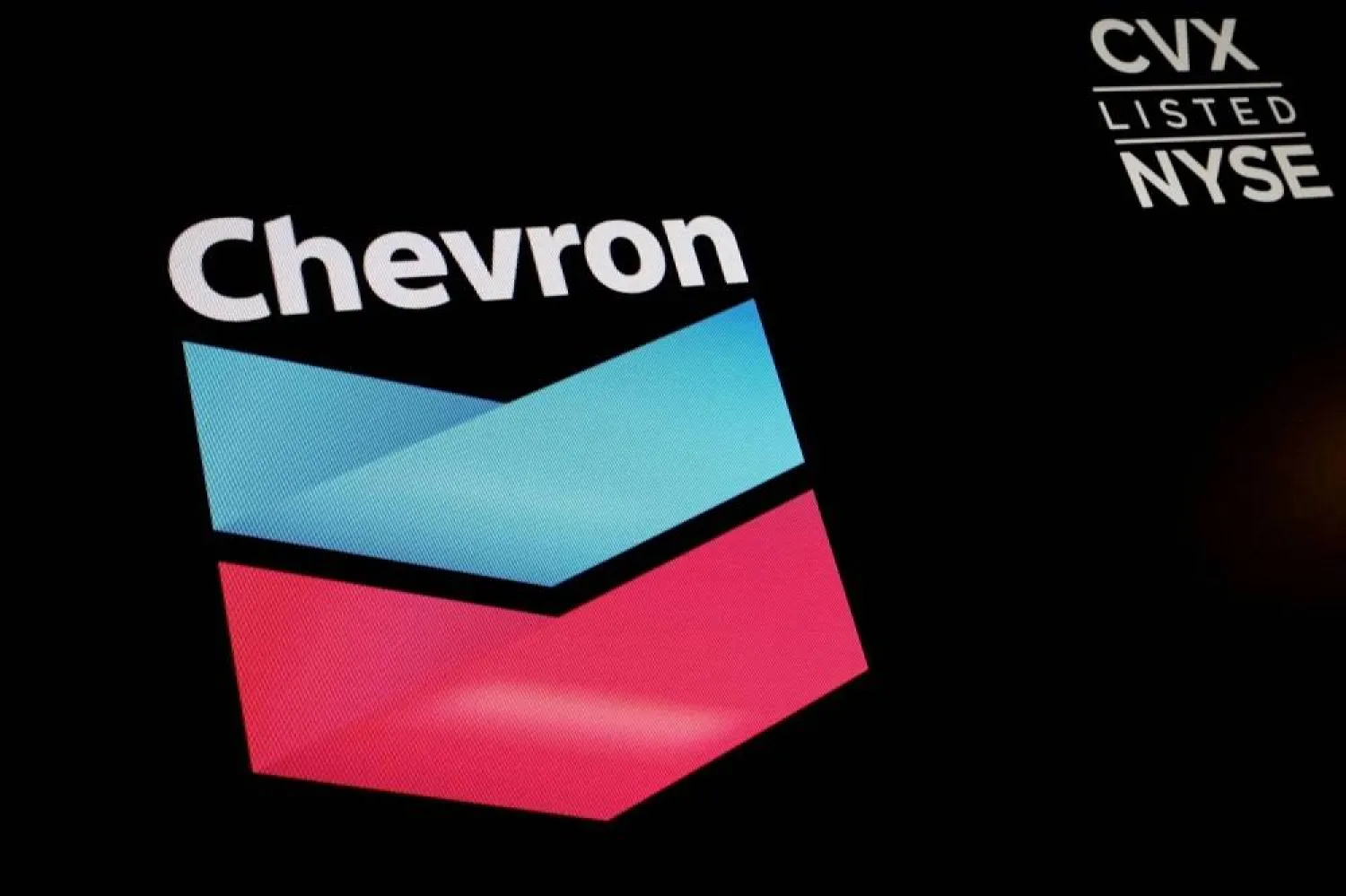Oil prices rose on Friday and were heading for a second consecutive weekly gain as fresh US sanctions on Iran and the latest output plan from the OPEC+ producer group raised expectations of tighter supply.
Brent crude futures were up 12 cents, or 0.2%, at $72.12 a barrel by 0850 GMT. US West Texas Intermediate crude futures rose 15 cents, also 0.2%, to $68.22.
On a weekly basis, both Brent and WTI were on track for gains of more than 1%, their biggest since the first week of the year.
The United States Treasury on Thursday announced new Iran-related sanctions, which for the first time targeted an independent Chinese refiner among other entities and vessels involved in supplying Iranian crude oil to China.
New US sanctions against Iran's oil exports triggered Thursday's rally in oil prices along with the OPEC+ pledge to compensate for overproduction, said PVM analyst Tamas Varga.
Thursday's announcement marked Washington's fourth round of sanctions against Iran since US President Donald Trump in February promised "maximum pressure" on Tehran and pledged to drive the country's oil exports to zero.
Analysts at ANZ Bank said they expect a 1 million barrels per day (bpd) reduction in Iranian crude oil exports because of tighter sanctions. Vessel tracking service Kpler estimated Iranian crude oil exports above 1.8 million bpd in February.
Oil prices were also supported by the new OPEC+ plan for seven members to cut output further to compensate for producing more than agreed levels. The plan would represent monthly cuts of between 189,000 bpd and 435,000 bpd until June 2026.
OPEC+ this month confirmed that eight of its members would proceed with a monthly increase of 138,000 bpd from April, reversing some of the 5.85 million bpd of output cuts agreed in a series of steps since 2022 to support the market.







